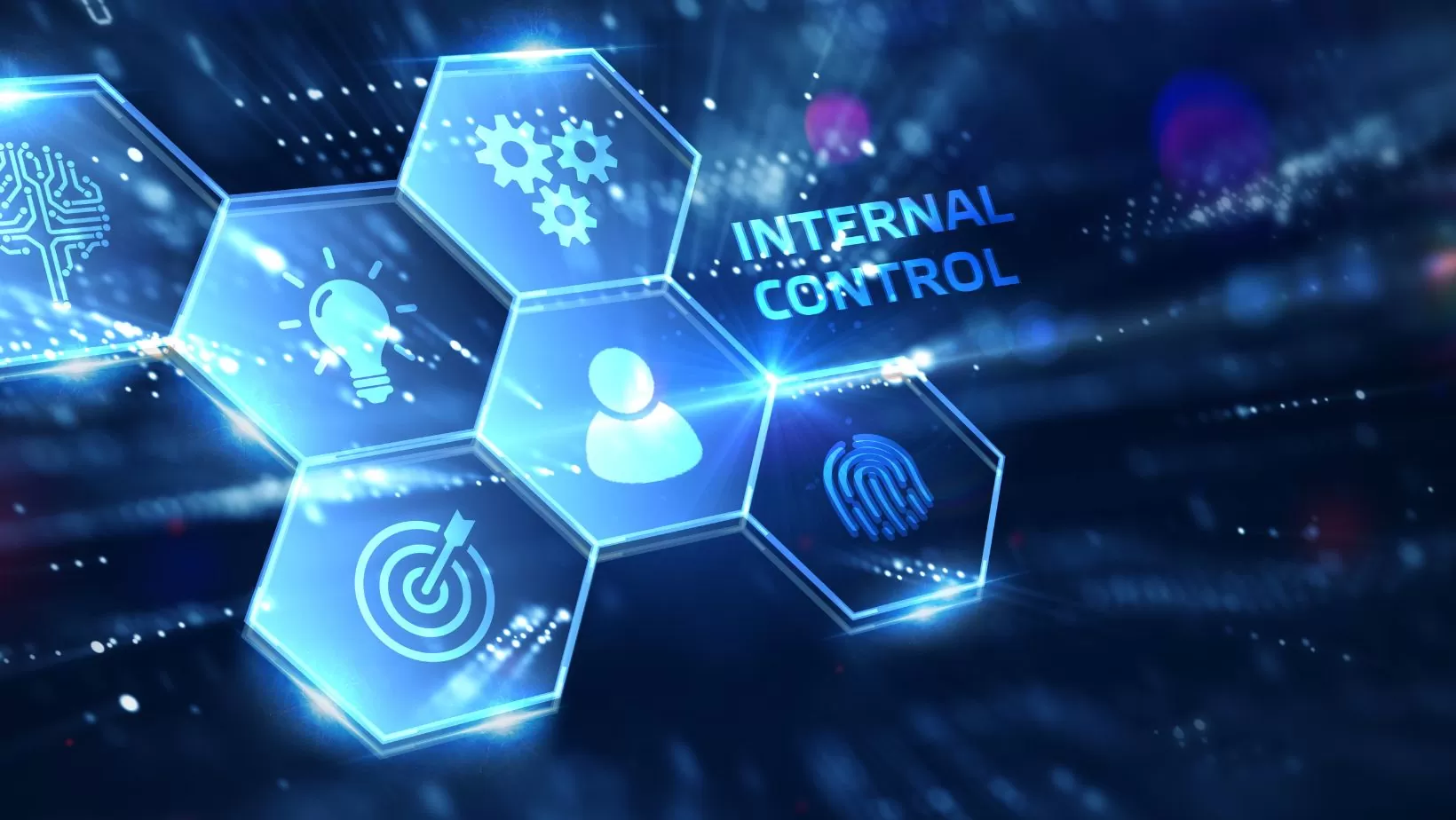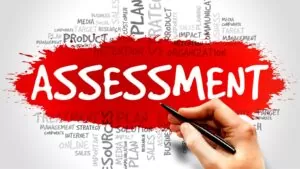Internal Control Consists of Plans to
Internal control consists of plans to safeguard a company’s assets, ensure the accuracy and reliability of financial information, and promote operational efficiency. As a business owner or manager, it’s crucial to have a strong internal control system in place to protect your organization from fraud, errors, and inefficiencies. In this article, I’ll delve into the key components of internal control and how they contribute to the overall success of your business.
What is Internal Control?
Definition
Internal control consists of plans and processes designed to safeguard a company’s assets, prevent and detect fraud, ensure the accuracy of financial information, and promote operational efficiency. It is a system that helps organizations achieve their objectives by providing reasonable assurance that business operations are conducted effectively and in compliance with laws and regulations.
Effective internal control includes the following components:
- Control environment: The foundation of internal control, it sets the tone for the organization and establishes a culture of integrity and ethical behavior.
- Risk assessment: The process of identifying and analyzing potential risks that could hinder the achievement of organizational goals.
- Control activities: The policies, procedures, and mechanisms put in place to mitigate risks and ensure compliance with company policies.
- Information and communication: The flow of relevant information throughout the organization to support effective decision-making and accountability.
- Monitoring: Regularly assessing the effectiveness of internal control through ongoing monitoring activities and periodic evaluations.
Importance of Internal Control
Having a strong internal control system is crucial for the success and sustainability of any organization. Here are the key reasons why internal control is important:
- Safeguarding assets: Internal control helps protect a company’s assets, including cash, inventory, equipment, and intellectual property, from theft, misuse, or damage.
- Preventing and detecting fraud: By implementing internal control measures, businesses can deter fraudulent activities and quickly identify any instances of fraud that may occur.
- Ensuring accuracy and reliability of financial information: Internal control helps maintain the integrity of financial records, ensuring that information is accurate, complete, and reliable. This is essential for making informed decisions and meeting regulatory requirements.
- Promoting operational efficiency: Well-designed internal control systems streamline business operations, reducing errors and inefficiencies. This leads to cost savings, improved productivity, and enhanced customer satisfaction.
- Compliance with laws and regulations: Internal control ensures that the organization operates in compliance with applicable laws, regulations, and industry standards. This helps mitigate legal risks and potential financial penalties.

Elements of Internal Control
Control Environment
The control environment is the foundation of the internal control system. It sets the tone for the organization, influencing the overall attitude towards control and ethical behavior. This component encompasses the integrity, ethical values, and competence of employees and management.
A strong control environment is characterized by a commitment to compliance, effective communication, and a clearly defined organizational structure. It ensures that employees understand their roles and responsibilities and encourages accountability at all levels. By fostering a positive control environment, companies can establish a culture that promotes integrity and ethical behavior, reducing the risk of fraud and misconduct.
Risk Assessment
Risk assessment involves identifying and analyzing potential risks that could impact the achievement of an organization’s objectives. It involves evaluating both internal and external factors that may pose a threat. By conducting a thorough risk assessment, companies can prioritize their control activities and allocate resources more effectively.
The identification, analysis, and evaluation of risks enable organizations to implement appropriate controls to mitigate them. Identifying risks allows companies to anticipate potential issues and implement measures to prevent or minimize their impact. It helps ensure that resources are allocated to areas of highest risk, optimizing the effectiveness and efficiency of internal controls.
Control Activities
Control activities are the specific policies, procedures, and practices implemented by an organization to mitigate the risks identified during the risk assessment process. These activities are designed to ensure that management’s directives are carried out and that operations are conducted in an efficient and effective manner.
Information And Communication
Information and communication play a crucial role in internal control. Effective communication ensures that relevant information is identified, captured, and communicated to the right people at the right time. It facilitates decision-making, promotes accountability, and enhances the overall effectiveness of internal control.
Companies must have systems in place to identify, record, process, and report relevant information. This includes financial and non-financial information that is necessary for effective decision-making and control. Clear and open communication channels enable employees at all levels to understand their roles and responsibilities, fostering a culture of transparency and accountability.
Monitoring
Monitoring is an ongoing process that assesses the effectiveness of internal control systems and provides assurance that they are operating as intended. It involves regular evaluations, internal audits, and management analysis to identify weaknesses and areas for improvement.
By continuously monitoring the internal control environment, organizations can identify and address control deficiencies in a timely manner. This allows for corrective actions to be taken to strengthen controls, minimize risks, and ensure compliance with laws and regulations. Regular monitoring provides management with the necessary feedback to make informed decisions and improve the overall effectiveness of internal control.
Conclusion
A strong internal control system is crucial for protecting a company’s assets, preventing fraud, ensuring accurate financial reporting, promoting operational efficiency, and complying with laws and regulations. By implementing effective internal control measures, organizations can safeguard their resources, identify and address potential risks, and enhance overall performance. Internal control is not just a box-ticking exercise, but a fundamental aspect of good governance and risk management. It enables organizations to protect their interests, maintain trust with stakeholders, and drive sustainable growth. Therefore, it is essential for companies to prioritize the establishment and maintenance of a robust internal control system.














































































































